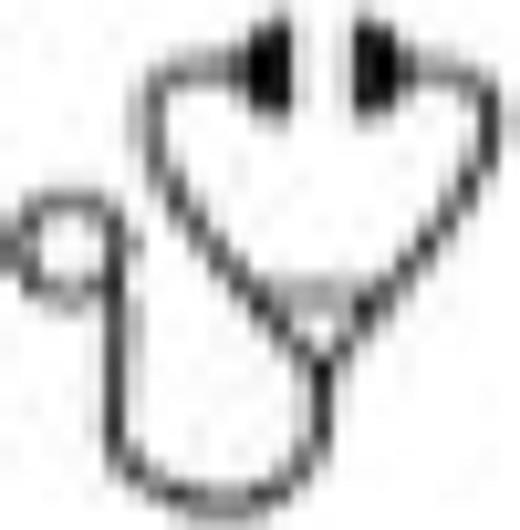Abstract

Thymoglobulin does not impact relapse or survival after matched unrelated transplantation for AML/MDS compared to matched related donor transplantation without Thymoglobulin use.
Background: Thymoglobulin has been used customarily after matched related (RD) and unrelated (MUD) hematopoietic stem cell transplantation (HCT) to decrease risk of GVHD and graft rejection. However, its use has been implicated in increasing the risk of relapse. As matched sibling related donors considered the best available donor source for patients with AML /MDS, we hypothesized that production of outcomes (Relapse/Survival) after MUD transplant with use of thymoglobulin similar to RD transplantation without the use of thymoglobulin, would justify the use of thymoglobulin after MUD HCT in AML/MDS.
Method: We compared the outcomes of 98 (29 matched RD/ 69 matched MUD) consecutive patients with AML/MDS who underwent HCT with Fludarabine/ Busulfan based conditioning between 7/2009-12/2014. Patients Characteristics are shown in Table-1. Patients received full intensity conditioning (FIC) with Fludarabine 40 mg/m2 for 4 days and Busulfan 3.2 mg/Kg single daily dose for 4 days (AUC 4200-5000). GVHD prophylaxis for FIC was Tacrolimus/mini Methotrexate and Tacrolimus/Mycophenolate for RIC. Thymoglobulin was added at dose of 1.5 mg/Kg for 3 days for MUD patients only regardless the conditioning intensity.
Results: With median follow up 696 days (RD 746 days, MUD 676 days), the overall survival at 1 year was 75% +/- 8% and 74% +/- 5% for RD and MUD respectively, P=0.66. All patient engrafted except two patients in FIC MUD group. The cumulative incidence of relapse at 1 year was 31% +/- 8% and 23% +/- 5% for RD & MUD respectively, while the treatment related mortality (TRM) was 3.5% +/- 3% and 10% +/- 3% for RD and MUD HCT recipients. Cumulative Incidence acute GVHD grade II-1V was 29% in RD and 49% in MUD. Grade III-IV acute GVHD was 14% in Both RD and MUD recipients. Higher cumulative incidence of extensive chronic GVHD was observed in MUD recipients of 28% vs 20% in RD recipients.
Conclusion: The addition of thymoglobulin to MUD HCT did not increase the cumulative incidence of relapse compared to RD HCT patients who did not receive thymoglobulin. RD HCT remained associated with lower TRM than MUD HCT despite the addition of thymoglobulin. MUD HCT with thymoglobulin produced similar overall survival to RD HCT without thymoglobulin. Our data suggest continued use of low dose thymoglobulin with MUD HCT while avoiding its use with matched RD HCT.
Patients . | Related Donor . | Unrelated Donor . |
|---|---|---|
| Number | 29 | 69 |
| AML | 22 | 61 |
| MDS | 7 | 8 |
| Graft Failure | 0 | 2 |
| Age (Range) | 53 (35-71) | 56 (25-73) |
| Reduced Intensity | 8 | 25 |
| Full Intensity | 21 | 44 |
| CR1 | 17 | 47 |
| CR2 | 4 | 5 |
| Relapsed/Refractory | 8 | 17 |
Patients . | Related Donor . | Unrelated Donor . |
|---|---|---|
| Number | 29 | 69 |
| AML | 22 | 61 |
| MDS | 7 | 8 |
| Graft Failure | 0 | 2 |
| Age (Range) | 53 (35-71) | 56 (25-73) |
| Reduced Intensity | 8 | 25 |
| Full Intensity | 21 | 44 |
| CR1 | 17 | 47 |
| CR2 | 4 | 5 |
| Relapsed/Refractory | 8 | 17 |
No relevant conflicts of interest to declare.
Author notes
Asterisk with author names denotes non-ASH members.

This icon denotes a clinically relevant abstract

This feature is available to Subscribers Only
Sign In or Create an Account Close Modal